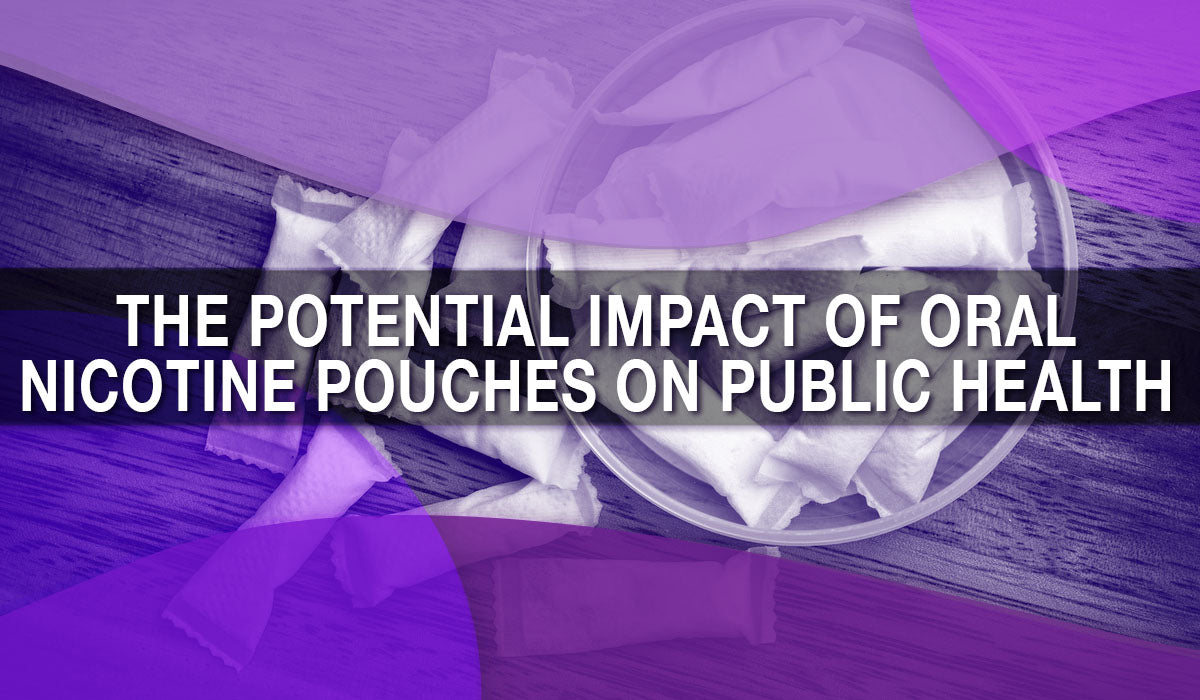
Flavored Vape Bans May Increase Tobacco Use Among Young Adults
Recent analysis suggests that bans on flavored e-cigarettes, commonly known as vapes, may lead to an unintended spike in traditional tobacco cigarette use, particularly among young adults. This finding emerges amidst ongoing debates among public health experts about whether flavors such as fruit, candy, and mint entice young people to vape. The results should not be a surprise. A study earlier this spring found that vape flavor bans increase cigarette sales.
The Appeal of Flavored Vapes
Over the past decade, the popularity of vaping brands like Juul has prompted regulatory measures, including piecemeal restrictions on flavored e-cigarettes. While the FDA's outright ban on Juul in 2022 was recently reversed, the broader conversation about flavor restrictions continues.
A working paper published by the National Bureau of Economic Research presents evidence of an unintended consequence of these bans. The study finds that young consumers, instead of quitting nicotine products when faced with flavored vape bans, may switch to combustible cigarettes—a far more dangerous alternative.
Flavor bans not only affect youth potentially moving to combustibles, but they have an impact on adults as well.
A study from 2020 researchers at Penn State studied changes in flavor preference in a group of long-term, adult e-cigarette users and found that, over time, preference for the traditional tobacco, menthol and mint flavors decreased, while preference for chocolate, candy and other sweet flavors increased.
Preference for fruit flavors remained stable while preference for tobacco, menthol or mint decreased over time from 40 percent at baseline to 22 percent at follow up. Preference for chocolate or candy and other sweet flavors was most noticeable in younger adults 18 to 45 years old and increased from 16 percent at baseline to 29 percent at follow up.

In the follow up survey, the participants were asked to describe their anticipated reactions in regards to potential FDA regulations. About 50 percent indicated they would find a way to buy their preferred flavor or add flavoring agents themselves if their preferred, non-tobacco flavors were banned.
About 10 percent of respondents indicated that if their preferred flavor was banned, they’d consider going back to smoking.
Another study published the Harm Reduction Journal (2023) on the patterns of flavored e-cigarette use among adult vapers in the USA showed that the most popular flavors at e-cigarette use initiation were fruit (82.8%), followed by dessert/pastry/bakery (68.6%) and candy/chocolate/sweet (52.2%). Slightly higher prevalence of using fruit and dessert/pastry/bakery flavors was observed in those who never smoked compared to those who were currently and formerly smoking. Tobacco flavors were used by 20.8% of the participants and was by far the least prevalent among participants who never smoked. Similar patterns were observed with participants’ choices at the time of the survey, but tobacco flavor use was substantially reduced (7.7%)

A Shift from Vaping to Smoking
The paper, titled "The Effect of E-Cigarette Flavor Bans on Tobacco Use," highlights that flavor restrictions lead to a decline in sales of flavored electronic nicotine delivery systems (ENDS). However, this decline coincides with an increase in cigarette sales. Conducted by scholars from institutions like Michigan State University and San Diego State University, the research indicates that flavor restrictions reduce youth vaping by 1.2 to 2.5 percentage points. Yet, these restrictions also result in a 2.4 to 2.6 percentage point increase in the likelihood of smoking cigarettes among young people.
This substitution effect is both surprising and noteworthy. It suggests that flavor bans, intended to reduce youth nicotine use, might inadvertently push teenagers toward traditional cigarettes.
Broader Implications and Past Research
The findings from the National Bureau of Economic Research echo conclusions drawn by Yale University's School of Public Health in 2021. Yale's research suggested that restrictions on vape products may have the opposite effect, leading teenagers to conventional cigarettes. The Yale study emphasized that the higher health risks associated with combustible cigarettes could negate the public health benefits of ENDS flavor restrictions.

Further supporting this view, a 2023 study by the Centers for Disease Control and Prevention (CDC) found that over 10% of Americans aged 18 to 24 are regular e-cigarette users, with 89% of youth vapers using flavored varieties. Despite the intent to curb youth nicotine use, these bans seem to shift the problem rather than eliminate it.
There is a Better Alternative to Prohibition
The recent findings underscore the complexity of regulating nicotine products and the need for a balanced approach. While the intent behind flavor bans is to protect young people from using these products, the consequence of increased tobacco cigarette use could undermine these efforts. Public health policies must carefully consider these dynamics to ensure that interventions do not inadvertently exacerbate the problem they aim to solve. As the debate continues, it is crucial to monitor and adjust strategies based on emerging evidence to effectively safeguard public health.









Leave a comment
This site is protected by hCaptcha and the hCaptcha Privacy Policy and Terms of Service apply.